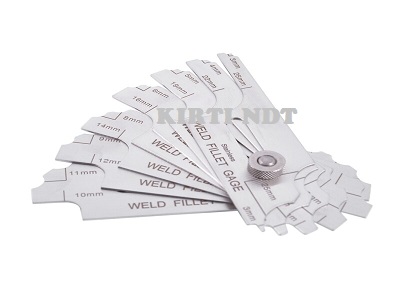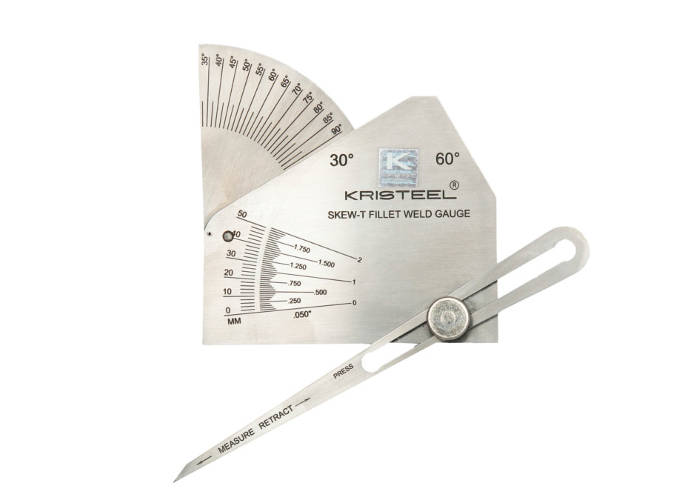Gauge Fillet Weld Explained: From Fundamentals to Advanced Techniques
Fillet Weld Layout Strategies: Maximizing Joint Efficiency and Aesthetics for Structural Stability
In the world of architectural design and construction, the value of fillet weld design strategies can not be overemphasized. These approaches play a pivotal function in not just ensuring the efficiency and architectural honesty of joints but likewise in improving the total looks of the completed product. By thoroughly thinking about factors such as weld profile optimization, product selection, joint preparation methods, welding procedure efficiency, and visual improvement producers, approaches and engineers can accomplish a harmonious balance in between functionality and appearance in their bonded structures. The blend of these components not only causes robust joints but likewise elevates the aesthetic charm of the last item.
Weld Profile Optimization


Achieving an ideal weld profile includes a precise consideration of elements such as material density, joint arrangement, welding setting, and preferred welding rate. In addition, the option of appropriate welding parameters, such as voltage, current, and travel speed, is essential in controlling the form and dimensions of the fillet weld. Utilizing sophisticated welding methods, such as pulse welding or robot welding, can even more fine-tune the weld account to meet details style requirements and high quality requirements.
Essentially, weld profile optimization is a fundamental aspect of fillet weld style that directly affects the overall efficiency and integrity of bonded joints in architectural applications.
Product Choice Considerations
When considering material option for fillet weld style, the compatibility of the base steels is an essential variable influencing the architectural honesty of the joint. It is necessary to select products that not only bonded together efficiently yet also have comparable mechanical homes to make certain the lots is evenly dispersed between the weld and the base steels. Welding materials with greatly different properties can lead to issues such as anxiety concentrations, early joint failure, or splitting.
In addition, the atmosphere in which the bonded structure will operate should be considered when selecting materials. Factors like rust resistance, temperature variations, and exposure to chemicals can all influence the longevity and efficiency of the weld joint. By selecting products that appropriate for the desired application and setting, the total durability and dependability of the bonded joint can be considerably boosted.
Therefore, detailed factor to consider of product compatibility and environmental elements is extremely important in making sure the weld joint's toughness, resilience, and overall structural honesty.

Joint Preparation Strategies
Thinking about the crucial function product option plays in guaranteeing the structural integrity of fillet weld joints, it is necessary to implement precise joint prep work strategies that maximize the connection in between the base steels. Joint prep work is a vital step that directly affects the top quality and toughness of the weld. One basic technique is the cleaning of base metals to eliminate any type of contaminants like rust, oil, or paint that can jeopardize the weld's integrity. This can be accomplished through methods such as grinding, wire brushing, or chemical cleaning.
Additionally, tack welding the elements in location before the final weld aids keep placement and minimizes distortion throughout the welding process. By diligently following these joint prep work techniques, welders can enhance the overall efficiency and looks of fillet weld joints while ensuring architectural stability.
Welding Process Performance
Effective welding procedures are essential for achieving ideal performance and quality in fillet weld fabrication. One crucial element of boosting welding procedure efficiency is choosing the proper welding method. you can find out more Elements such as material kind, joint design, and welding position must be thoroughly taken into consideration to establish one of the most suitable approach. For example, procedures like gas metal arc welding (GMAW) and flux-cored arc welding (FCAW) are frequently used for fillet welds due to their adaptability and speed (Gauge Fillet Weld).
Furthermore, making sure correct devices configuration and upkeep is vital for effective welding. Regular calibration of welding equipments, assessment of consumables, and maintenance of soldering iron can stop downtime and rework, eventually saving time and sources. Furthermore, utilizing experienced welders with experience in the specific welding procedure being used can significantly influence performance. Trained welders are much more adept at readjusting specifications, fixing concerns, and maintaining regular weld quality.
Visual Enhancement Techniques
To enhance the top quality of fillet weld construction, executing aesthetic improvement methods can play a vital duty in guaranteeing precision and precision during the welding procedure. Aesthetic enhancement techniques encompass different methods focused on boosting the look and high quality of fillet welds. One usual method is YOURURL.com the usage of back purging systems to remove oxidation on the backside of the weld, leading to a cleaner, much more aesthetically pleasing surface. Furthermore, using correct lighting arrangements in the welding area can improve exposure, permitting welders to keep track of the weld swimming pool and make certain consistent grain formation. Aesthetic aids such as weld size gauges and magnifying lenses can assist in analyzing weld profiles and dimensions accurately. In addition, making use of contrasting marking materials or momentary adding can help in straightening and placing the workpieces exactly prior to welding. By incorporating these aesthetic enhancement methods right into the welding procedure, welders can achieve not just structurally audio fillet welds however additionally aesthetically enticing results that meet market standards.

Final Thought
Finally, maximizing fillet weld style involves cautious consideration of weld account, material option, joint prep work, welding procedure effectiveness, and aesthetic enhancement approaches. By carrying out these techniques, architectural stability can be improved while additionally achieving visual appeal. It is important to focus on both efficiency and aesthetic appeals in fillet weld design to guarantee the total top quality and longevity of the joint.
By you can try these out diligently thinking about elements such as weld profile optimization, material choice, joint prep work methods, welding procedure performance, and visual enhancement producers, engineers and methods can achieve a harmonious equilibrium in between capability and look in their bonded frameworks.In the world of fillet weld style, maximizing the weld profile plays a critical duty in ensuring structural stability and efficiency. The weld account, which includes the dimension and shape of the weld cross-section, directly affects the distribution of anxiety and load-bearing ability within the joint. It is important to select products that not just weld with each other successfully however likewise possess comparable mechanical residential or commercial properties to guarantee the lots is uniformly distributed between the base and the weld metals - Gauge Fillet Weld.In conclusion, maximizing fillet weld layout entails cautious factor to consider of weld profile, material option, joint prep work, welding procedure efficiency, and aesthetic enhancement approaches